Morning Has Broken was originally a hymn from the 30’s that was made into a hit by Cat Stevens. This song goes through a series of verses, instrumental interludes, and changes keys several times. It’s a great song to practice chord changes and key changes as well. Let's get started!
Intro

Morning Has Broken features a 3/4 time signature. We’re going to use the strumming pattern D DU DU. The chords on the intro are D, G, A, F# and Bm. Feel free to finger the chords in the way that is most comfortable for you.
After that then go to G7, C, F/C, and C. For the F/C, you don't have to make a full bar. Simply do a C chord and add your pinky on the fourth string third fret. It is a algo a good idea to mute the sixth string when playing the F/C, by slightly touching it with your ring finger. Now, let's start mapping the intro out by playing it slowly.
First Verse
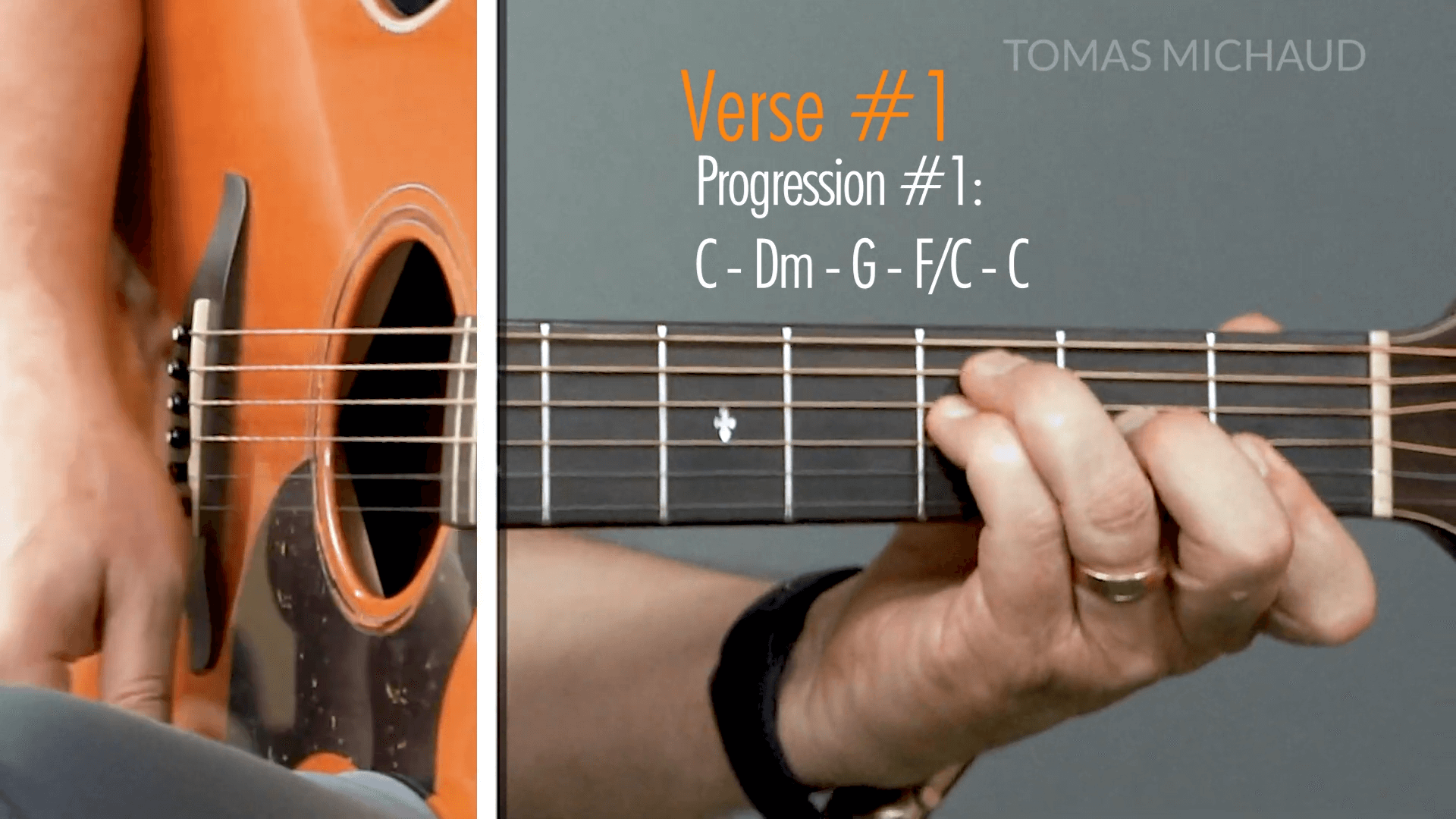
The lyrics begin on the last chord of the intro, and the notes are the same as the notes on the C chord. In other words, the first notes you sing are C, E and G.
The first progression of verse one is C, Dm, G, F/C, C. We then move on to the second progression of verse one which features the chords C, Em, Am, D7, G, G. Then we go on to the third progression of verse one with the chords C, F/C, C, Am, D. Finally, progression four of verse one features the chords G, C, F/C, G, C. The last C chord is also the start of the instrumental interlude that follows.
Interlude 1
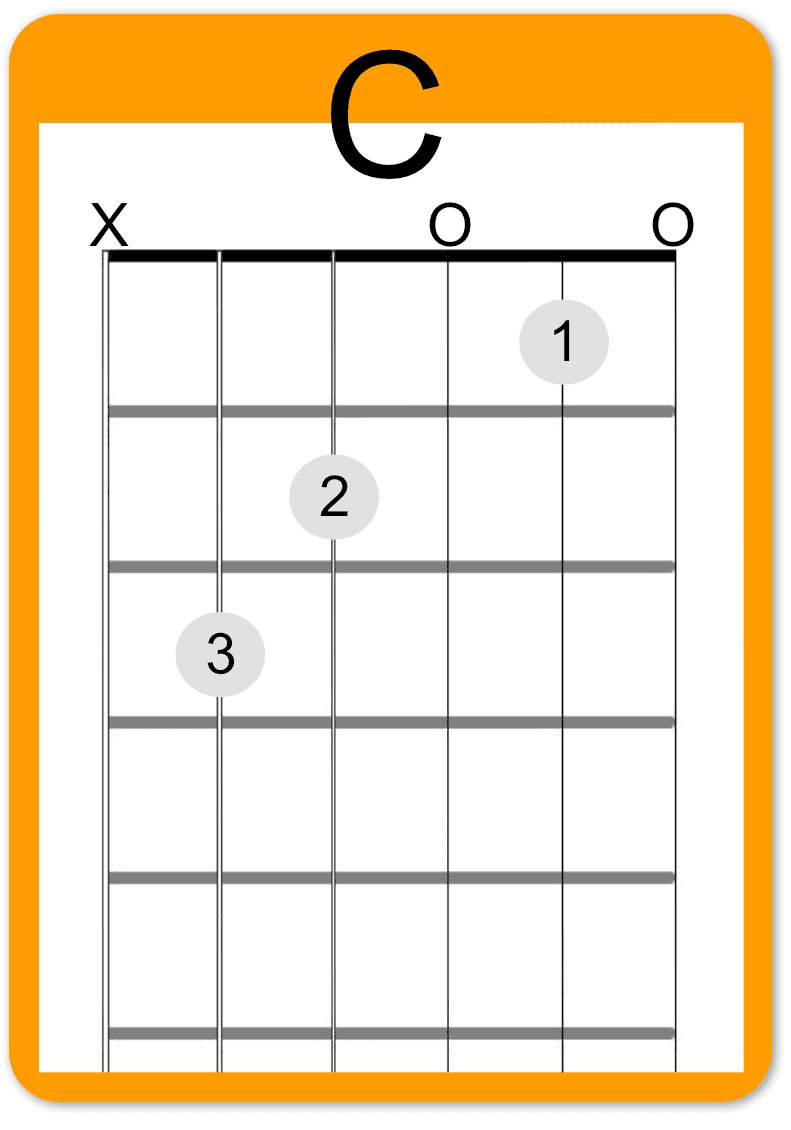
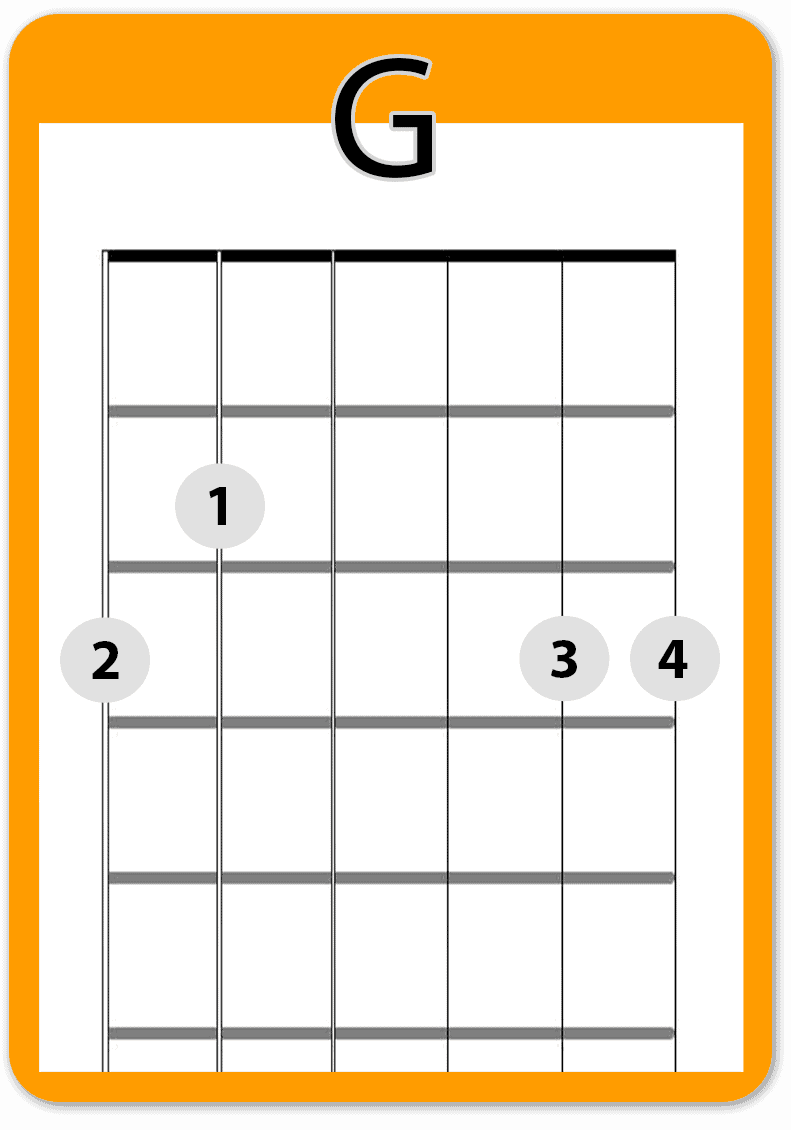
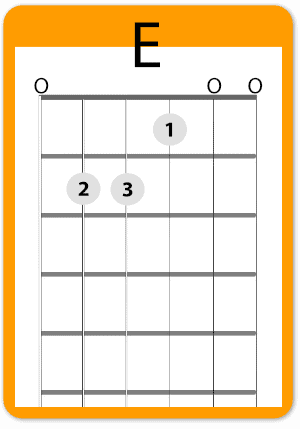
For the first half of interlude 1 we have the chords C, F/C, G, and E. For the second half we have the chords Am, G7, C, G7. Now let’s try to play the whole thing through, from the intro until interlude one. Do it slowly at first to make sure we got the right chords. After this, we move on to verse 2, which is identical to verse 1.
Interlude 2
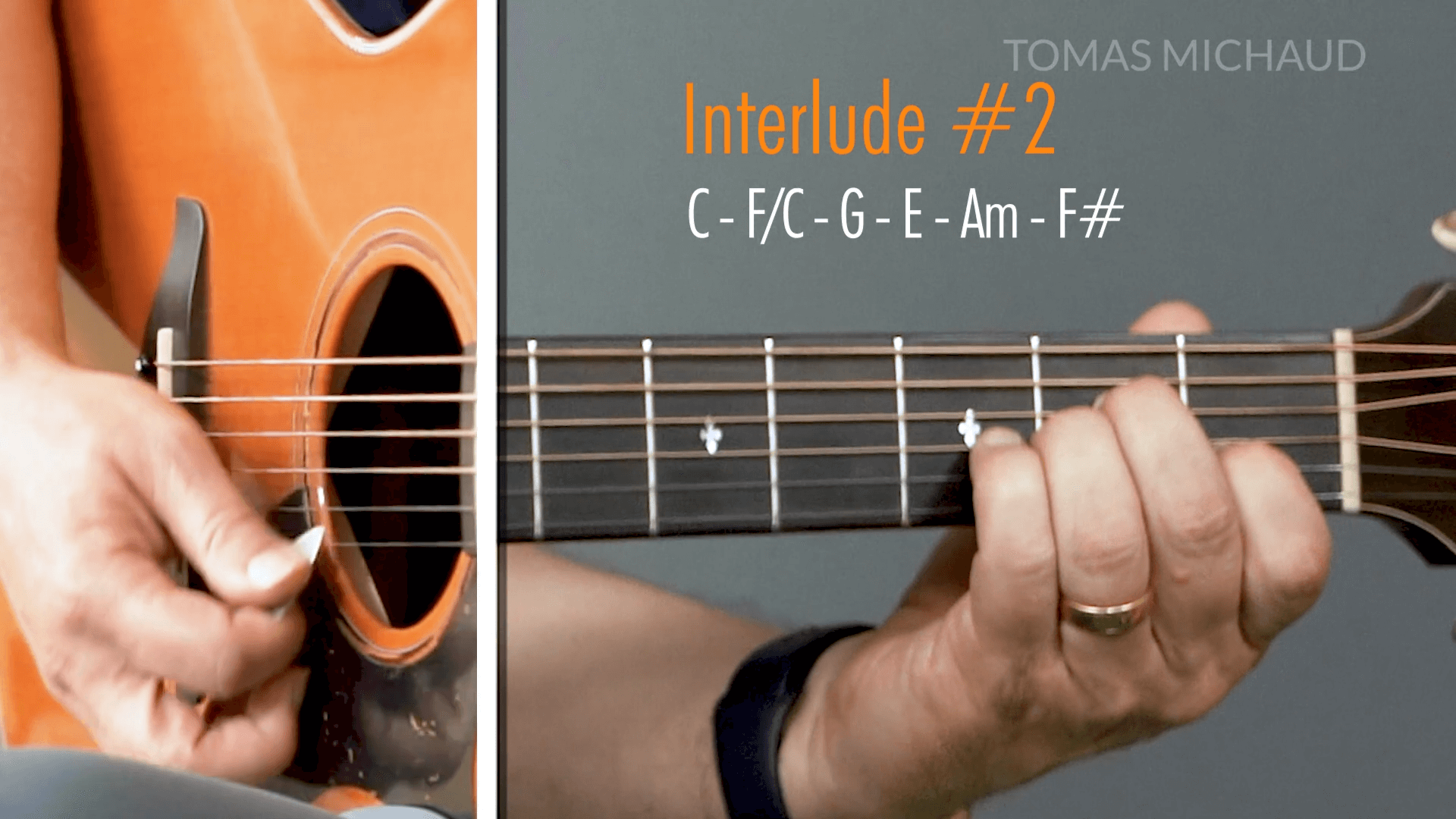
This interlude comes right after verse 2, and is particularly interesting. In this interlude the key of the song is changed from C to D. It starts with C, F/C, G, E, Am, F#. Try to practice the change from Am to F# separately, as this is the part where many people get hung up.
After that, we move on to Bm, G, D, A7, D. Now let’s put both parts together to complete interlude 2.
Verse 3
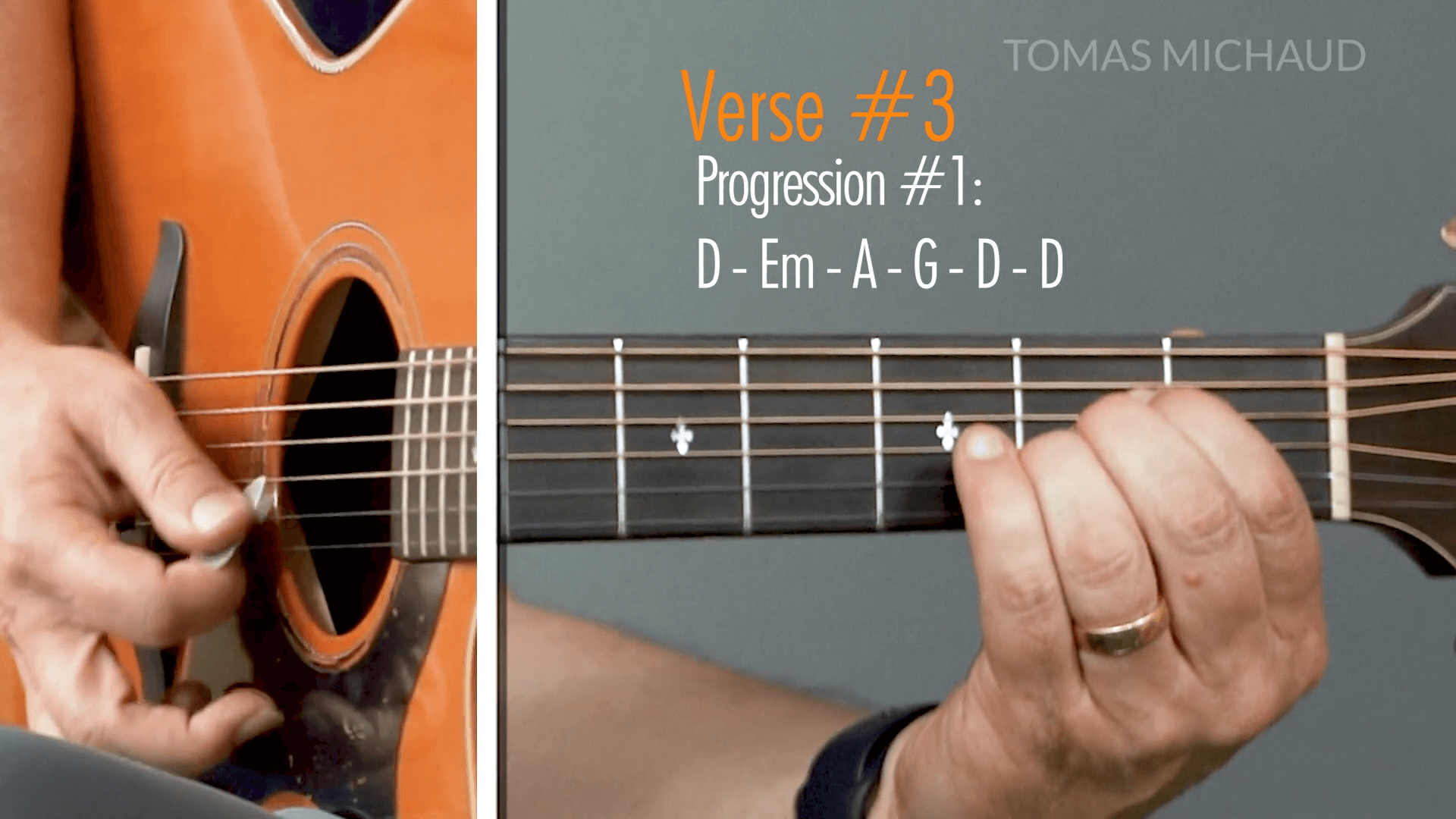
Now that we are on the key of D, that’s exactly where we start with the first progression which is D, Em, A, G, D, D. We’re using the same pickup as in the previous verses, but now on the key of D (with the notes being D, F#, A).
The second progression of verse 3 is F#m, Bm, E, A, A. Naturally, we then go on to progression number 3 of verse 3, featuring D, G, G, D, Bm, E.
Finally, the fourth progression of verse three features the chords A, D, G, A7 and D.
Interlude 3
This is the instrumental interlude that gets us back to the key of C. It is a repetition of what already happened before. It features the chords G, A, F#, Bm, G7, C, F/C, C. This takes us right to the start of the next verse, starting with that pickup of the notes C, E, G, since we are now back to the key of C.
After this interlude, everything else is just a repetition. We’ve got a repeat of the first verse as well as an outro that is identical to interlude 2.
Conclusion
Morning Has Broken is a great song to practice several chords as well as changing keys. This will also exercise your memory and concentration as it has more chord changes than your typical song. Take your time and remember to have fun.
Song Sheet Download
Members of RGS Academy can download the song sheet here.
Not a member yet? No problem...
Sign up here FREE for 14 days to RGS Academy to get access to a download for this song sheet.
I’m hoping you stick around… but if not, the 2 weeks should be enough to make great progress on your guitar.
